Don't wanna be here? Send us removal request.
Text
By the way, Bruce Langley held his word! Remember when he promised to eventually release some of the pictures he had from the deleted scenes about the previous incarnations of Technical Boy? (The 80s/90s Tech Boy I personally nicknamed "Game Boy"). Well he posted a few days ago said pictures! It is right here if you are interested
In a more general way, I plan to make in the future some more analysis posts, and I might begin with the New Gods and their treatment in the show vs the book. Now that we have three whole seasons (and that I had some times to get out of the heat of the releases and instant discoveries), I think I can take a more neutral and complete look at the adaptation. Anyway, see you all soon!
#technical boy#bruce langley#technical boy incarnations#game boy#behind the scenes#deleted scene#american gods#american gods television series#season 2#season 2 deleted scenes
14 notes
·
View notes
Note
Hello, I was wondering about a chapter in Sandman vol. 6 Fables and Reflections, specifically the Parliament of Rooks; in the chapter baby Daniel while dreaming wanders to Cain and Abel's house with the help of Matthew and as Eve and Abel (while Cain tells a mystery) tell their stories, I was actually curious about Eve's story- was there a wife between Lilith and Eve or was she made up for the story's purpose?
No I didn't make her up. Here's a link to Midrashic commentary on the creation of Eve. The section on Two Eves may help.
https://jwa.org/encyclopedia/article/eve-midrash-and-aggadah
420 notes
·
View notes
Note
Hi Neil, quick question, are you a fan of Kurt Vonnegut? I ask because I recently showed my dad American Gods and the first thing he said while reading was that he was constantly reminded of Breakfast of Champions while reading. He loved American Gods and is now reading Anansi Boys.
I love Kurt Vonnegut. Some years ago (er 2010) I was awarded the Kurt Vonnegut Award for Fiction and it made everything sparkle and glitter.
597 notes
·
View notes
Text

This photo (which I saw in 1988) was the original inspiration for Despair, and I have been looking for it for years.
I remembered the book it was in was called Modern Primitives, but couldn't find that it was a book of photos by Chris Wrobelewski, and the existence of the Modern Primitives books by RE/Search just confused me whenever I'd do a web hunt.
Someone just posted it to Bluesky and I got so happy. I'd started to wonder if I'd imagined it.
I know nothing about the subject of the photograph, who they were, how old they were, their gender. I just remember seeing the image and not being able to get it out of my head, and deciding that was what Despair looked like. Mike Dringenberg then took the photo (did I send him the book or a photocopy?) and used it to make the first images of Despair in The Doll's House.
2K notes
·
View notes
Note
Hello Neil, I was wondering if you've read Gravity's Rainbow in it's entirety? I picked it up after you referenced it in American Gods and I was immediately very perplexed by it. Is it worth toughing it out?
I loved it, and finished it somewhere in my early twenties. So it was good for me. But nobody has to like every book, or finish every book. And some books you can come back to when you are ready for them.
406 notes
·
View notes
Note
Hey Neil, in your moving tribute to Rachel Pollack, in this year's DC Pride, you mentioned that she'd had some polite disagreements over how Wanda's story ended. I'm curious if you'd be willing to say more about the conversations the two of you had? I'm a genderqueer person who really loved that arc of Sandman fwiw, I'm just v curious what those convos were like.
It wasn’t so much about how the story ended as about Wanda not walking the moon’s road. My attitude was that the Gods and Goddesses of Sandman were all idiots and fallible when they weren’t actually dangerous, and that this was another instance of the Triple Goddess doing the kind of thing that would come to a head in The Kindly Ones; Rachel’s was that the Moon should be infallible and recognise Wanda as a woman anyway. (I am probably not doing justice to either side of a 32 year old conversation.)
She felt I’d got that wrong, so told me she would remedy that by putting her own trans character, Coagula, into Doom Patrol.
777 notes
·
View notes
Note
Wisconsinite here-- how did you find out about House on the Rock of all places? Was it less obscure 22 years ago? Now whenever I bring it up with people and find out they haven't been there, I say "the place with the carousel from American Gods" and about 90% of the time they know right away what I'm talking about.
I think it was a lot more obscure back then. But then, I moved to Wisconsin in 1992 and lived there for two decades. I saw the signs nearby for The House on the Rock, and decided to go and look, urged on by fellow Wisconsinite, Maggie Thompson, from the Comics Buyers Guide.
3K notes
·
View notes
Note
The Graveyard Book cover ask reminded me of something I’ve been wanting to ask for a long time.
Is there a comprehensive list of your books that have Pulp Fiction covers? As far as I can tell from my *extensive* googling, it’s only said that Anansi Boys, American Gods, Stardust, and Neverwhere were released with the pulp cover (according to articles from 2016) but I bought a brand new Ocean at the End of the Lane w/ the pulp cover in 2020. So do you know if it’s only those 5 books with the pulp style covers?
Are there plans to release more of your works in the pulp style covers? If not, can there be? Because, if I may be so bold, pulp fiction style covers of Good Omens and The Graveyard Book would be two very cool additions to my bookshelf.
Sorry for this incredibly nerdy and inane ask but I’m dying to know.
There are seven out so far, with an eighth being painted:
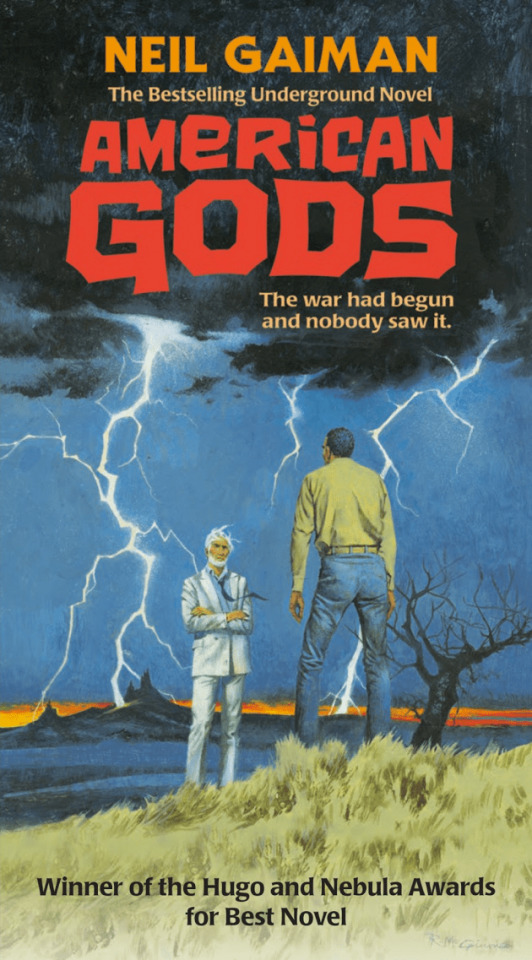


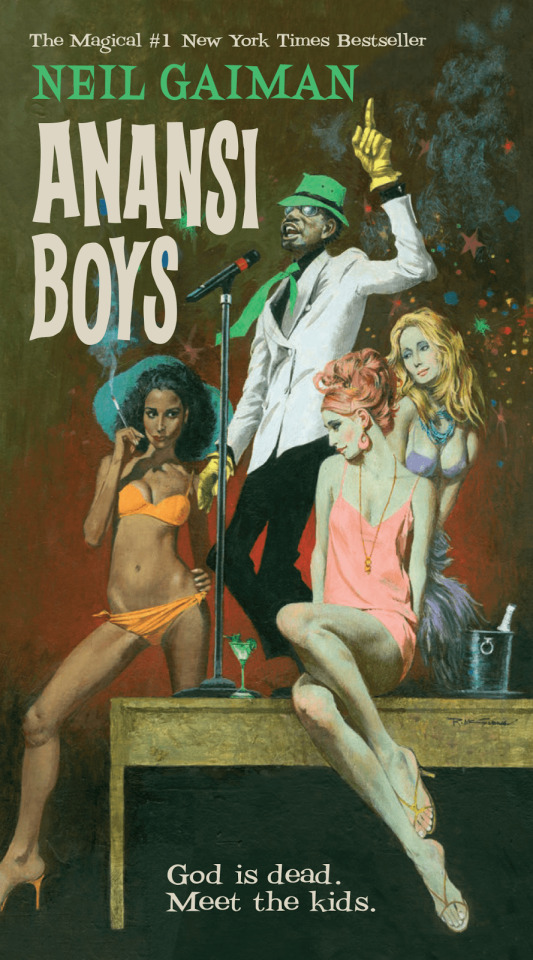

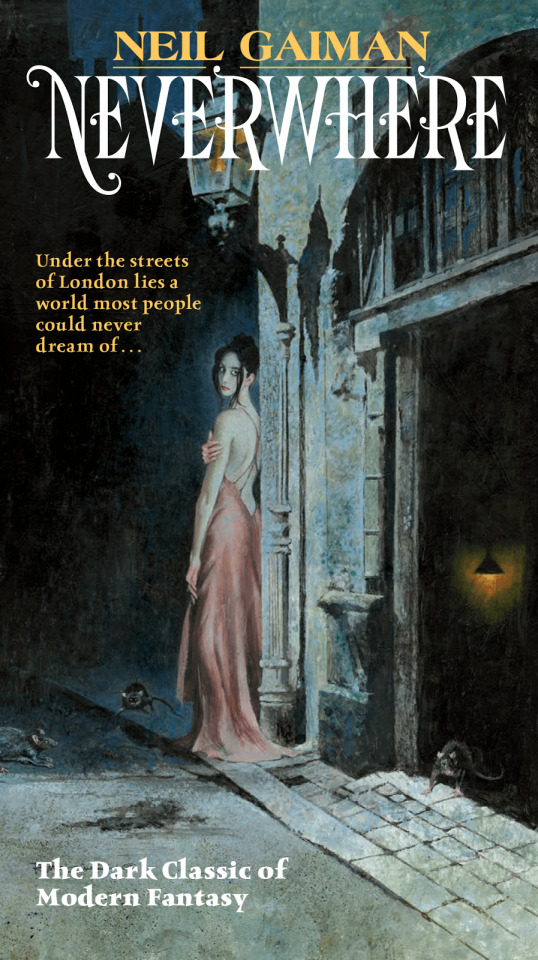
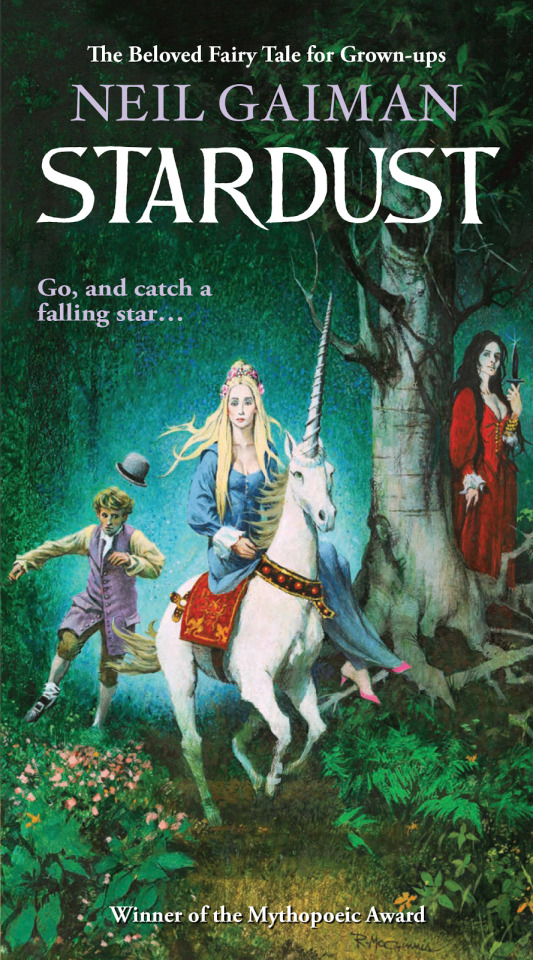
Robert McGinnis, the artist, is 95 years old. I’m grateful for every painting he does for us.
Here’s his website: http://www.mcginnispaintings.com/
#reblog#neil gaiman speaks#covers#book covers#pulp covers#american gods#anansi boys#stardust#neverwhere#trigger warning#smoke and mirrors#the ocean at the end of the lane#robert mcginnis
10K notes
·
View notes
Note
A few days ago I mentioned that I've started "American Gods". I mean, I already am very invested, even if I'm reading at a very slow pace because of not having much free time.
But, I wanted to thank you for one specific thing, even before finishing it. You've mentioned Kali, and specifically, the place Kalighat. I'm from Kolkata, the city where Kalighat is located, and it made me feel seen in a very specific way I've never felt before. I didn't feel represented like a generic Indian, but as a Bengali. And, I'm not sure why or even how, but that has indeed made a difference.
The story is so personal to me now. I feel so involved because you mentioned that one place. I don't think I've ever understood how and why representation matters on such a personal level.
I don't know how to express what I felt in words, but I can tell you that I let out a squeal of delight and felt my heart swell in so much emotion. Because of one word.
Thank you so much for making me feel seen, sir. Thank you so so much.
You are so very welcome!
935 notes
·
View notes
Text
Reblogging the thesis earlier made me search quickly through Google, and if you are interested here are a few more thesis about American Gods disponible for free on the Internet.
Two short thesis, thirty pages or so.
One called Mythological Melting Pot: A Study of the Use of Simulacra and Myth in Neil Gaiman’s American Gods: https://studenttheses.uu.nl/bitstream/handle/20.500.12932/17059/Mythological%20Melting%20Pot%20-%20A%20Study%20of%20the%20Use%20of%20Simulacra%20and%20Myth%20in%20Neil%20Gaiman%3Fs%20American%20Gods.pdf?sequence=2&isAllowed=y
Another called Neil Gaiman's American Gods: An Outsider's Critique of American Culture: https://scholarworks.uno.edu/cgi/viewcontent.cgi?article=1315&context=td
And a third, longer, 60 pages long, “Folklore and mythology in Neil Gaiman’s American Gods”: https://scholarsbank.uoregon.edu/xmlui/bitstream/handle/1794/22735/Dixon_oregon_0171N_11943.pdf
37 notes
·
View notes
Note
Hello~I just watched the first ep.of American Gods and I must say that it is everything I hoped for and so much more!This book guided me through so much shit in my life and I am oh so thankful for it.I hope you are happy with the adaptation♥Anyway, it's been a year since I wrote a final thesis on A.G. and maybe someone will find it helpful? It can be found via google on Academia edu page under "Appropriations of mythologial figures in Neil Gaiman’s novel American Gods"Thanks again for everything
I’m so glad – and I thought your thesis contained a lot of excellent pointers. It’s at https://www.academia.edu/29364000/Appropriations_of_mythologial_figures_in_Neil_Gaiman_s_novel_American_Gods
581 notes
·
View notes
Text
American Gods Alphabet: Antinous
I really love American Gods and mythology so I made an alphabetic list of every reference made in the novel.
Read the whole encyclopedia here
Antinous (461)
Antinous (Roman) Lover to Roman Emperor Hadrian, Antinous was known for his extraordinary beauty. He was often compared to Adonis, or a living angel. When the Emperor Hadrian visited Bithnyia in 123 CE, the two fell in love, and Antinous was admitted to the Imperial court. When visiting Egypt in 130 CE, Antinous drowned in the Nile, coincidentally, the same day of the commemoration of Osiris’ drowning in the Nile. Hadrian’s grief caused him to deify Antinous, and the young man quickly became the object of a new cult. However, this cult and the god Antinous often came into conflict with Christianity, and as a result Christianity will condemn his relationship with Hadrian as immoral and cast off any acceptance of homosexuality.
All names/terms are depicted with the page in which they first appear in the American Gods Tenth Anniversary Edition of the author’s preferred text.
Read the whole encyclopedia here
2K notes
·
View notes
Note
I’m researching some mythology for a project, and I cannot find a source for the story about Anansi and the tiger balls that isn’t you. Can you point me towards a source for this, or did you make it up for American Gods?
It's been 23 years. I hoped I would have listed it in the bibliography I put up at
But I didn't, unless it's in the Treasury of African Folklore I mention there. I'd check that out and also the Penguin/Pantheon Book of African Folktales. But it's not something I made up, it's something I retold.
929 notes
·
View notes
Text
American Gods’ incomplete bibliography (4)
And here we reach the last of Neil Gaiman’s proposed bibliography for American Gods!
10) Books about American folklore
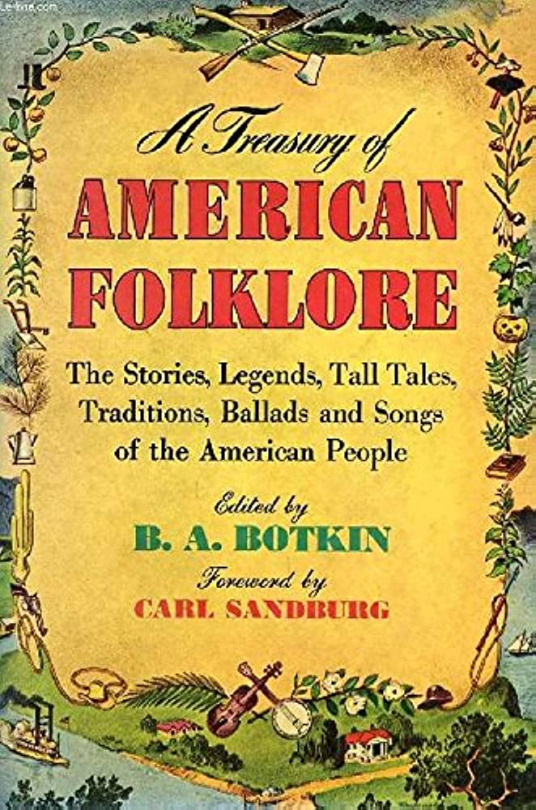
A Treasury of American Folklore
Neil Gaiman describes it as a “wonderful collection of extracts, jokes, songs, essays and tales”, and points out that most of the quotes used in the chapter headings of American Gods come from this book.
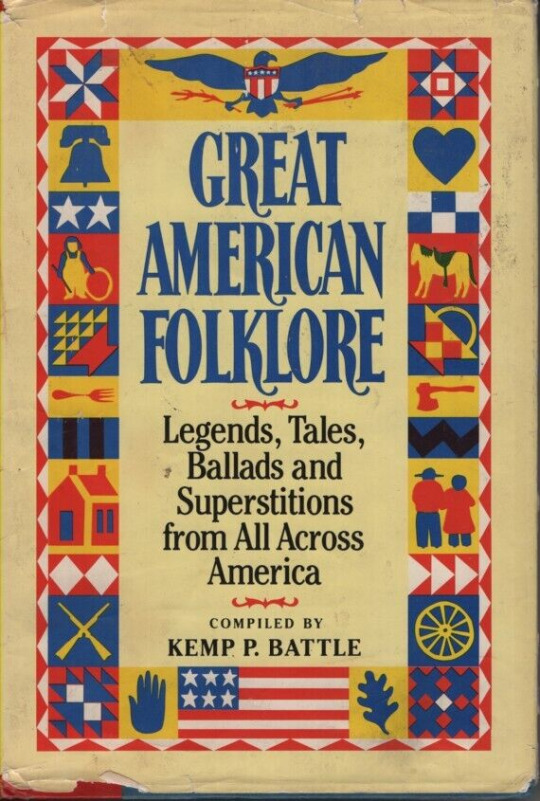
Great American Folklore
Neil Gaiman only has to say that it is a “readable” book, though he also adds that he actually didn’t use anything from it for “American Gods”.

Myths, Legends and Folktales of America: An Anthology
Neil Gaiman points out that this book was heavily inspired by and basically borrows a lot of “A Treasury of American Folklore” - but despite this, the book actually adds a lot of new and good stuff in here (Gaiman notably remembers the “lyrics to Greg Brown’s ‘Jesus and Elvis’).
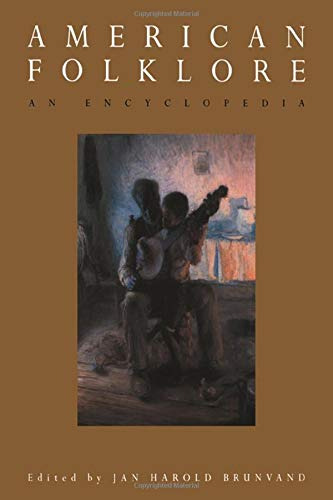
American Folklore: An Encyclopedia
Neil Gaiman loved this book, because he is “a sucker for encyclopedias” and it is an excellent one. His only regret was that it was only published as he had written half of American Gods already, and so he couldn’t use it for half of the novel.
11) Additional mythology books
[Could not find the cover of the book]
Gods and Goddesses of India, by Anjula Bedi, Eeshwar, 1998
In Neil Gaiman’s own words: “Some potted bios of Indian gods, along with nice pictures printed on translucent paper”.
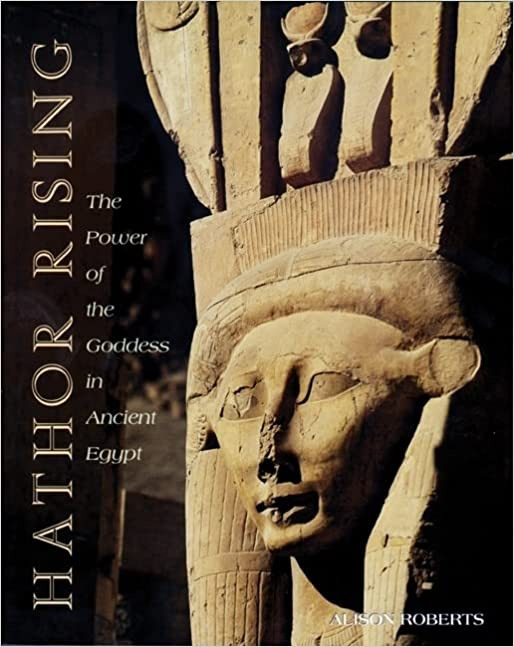
Hathor Rising: The Power of the Goddess in Ancient Egypt
Neil Gaiman only used this one because he wanted an “Egyptian book with plenty of photographs and illustrations, and this one was the nearest to hand”.
#neil gaiman speaks#american gods#bibliography#american folklore#neil gaiman#references#books#mythology#american gods bibliography
24 notes
·
View notes
Text
American Gods’ incomplete bibliography (3)
If you want to have access to the full, original bibliography as prepared by Neil Gaiman (it has a lot more info I do not put in my posts - my posts are just summaries and recaps of the original bibliography) you just need to go check Neil Gaiman’s website right here: https://www.neilgaiman.com/works/Books/American+Gods/in/183/?type=Books&work=American+Gods
7) First Nations myths
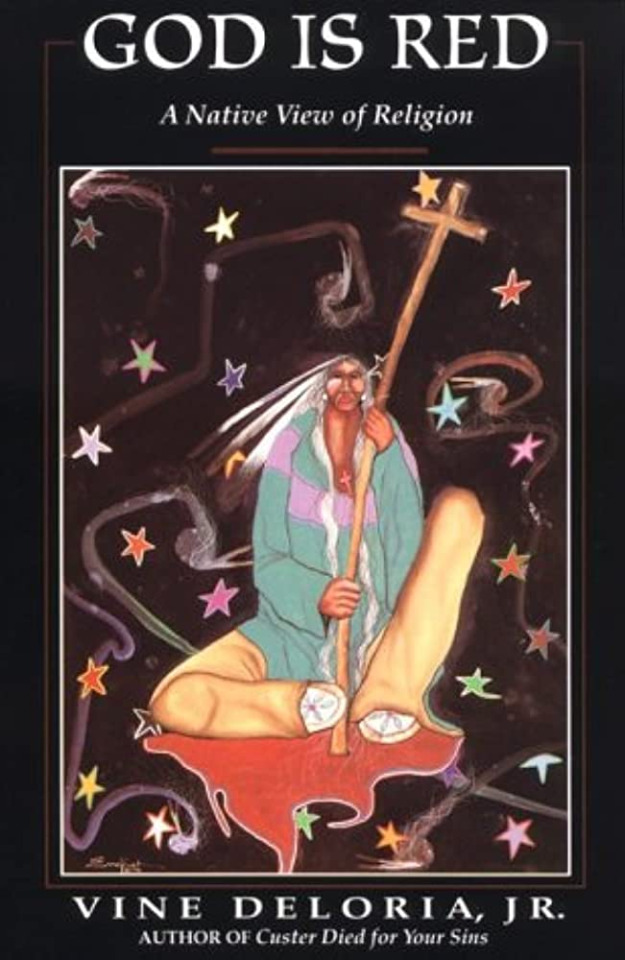
God is Red: A Native View of Religion
Neil Gaiman considers it a “very readable book about religion from a Native American standpoint” - though he was a bit puzzled by how the middle of the book “wander into Velikovsky”.
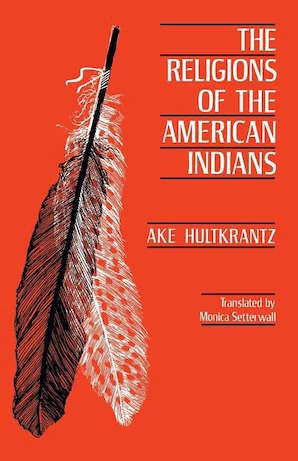
The Religions of the American Indians

American Indian Myths and Legends
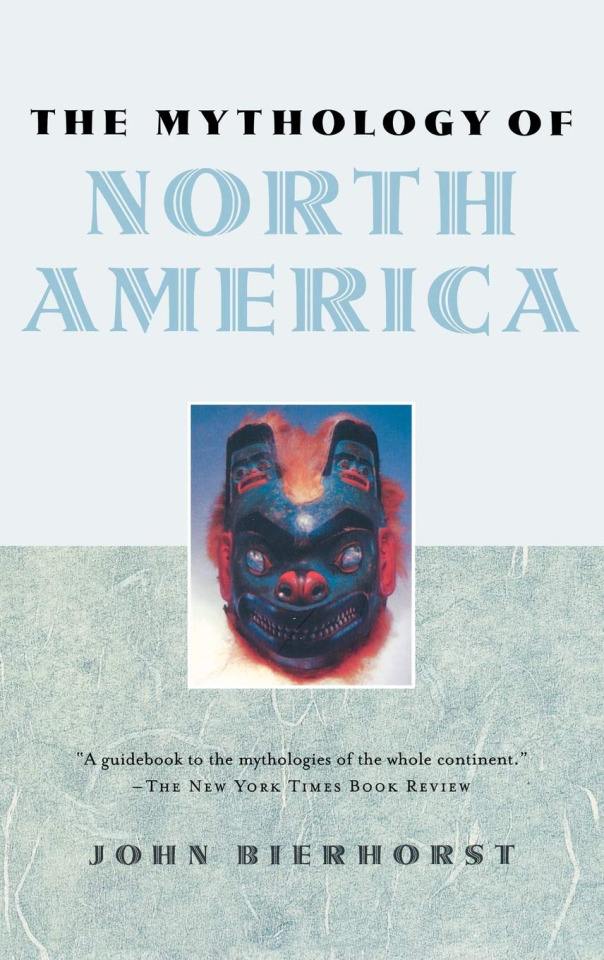
The mythology of North America
8) Background books
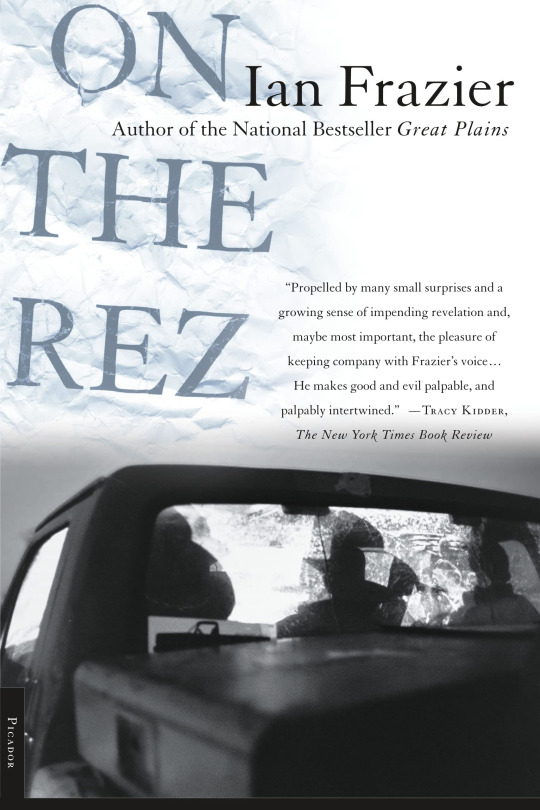
On the Rez
A book about the Oglala Sioux on Pine Ridge Reservation, one of the porrest places in America (at least at the time Neil Gaiman put together his bibliography), and about SuAnne Big Crow, a basketball player.
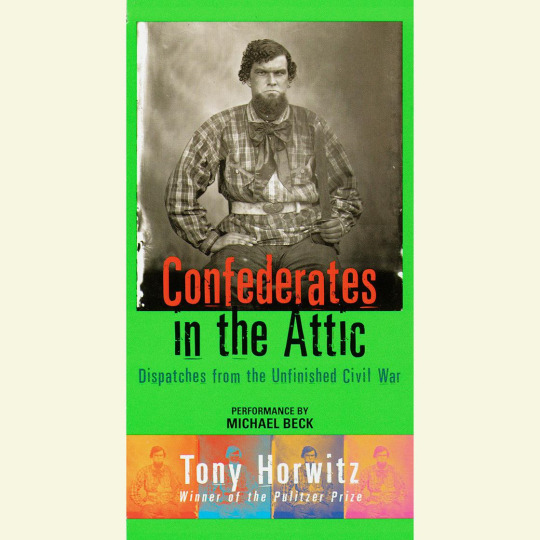
Confederates in the Attic: Despatches from the Unfinished Civil War
Neil Gaiman bought and tried to read it in preparation for American Gods, but couldn’t get into it... It took him two whole years to get into it again, as he was writing American Gods, and he devoured it.

The Forbidden Zone
Neil Gaiman first read a chapter of this book while doing online research about slaughterhouses. Despite the book being out of print, he managed to obtain a copy from a New Mexico bookstore - and this book ended up shaping and informing American Gods in many ways, both direct and indirect. Neil Gaiman is really sad that it is out of print ; and he points out that he has been a fan of the author, Michael Lesy, ever since another one of his books, “Wisconsin Death Trip”, about painting a darker and disturbing picture of the Wisconsin in frontier times. Wisconsin Death Trip is in fact another one of the books that influenced American Gods: some anecdotes and attitudes from this book ended up being present in the Lakeside parts of the novel.
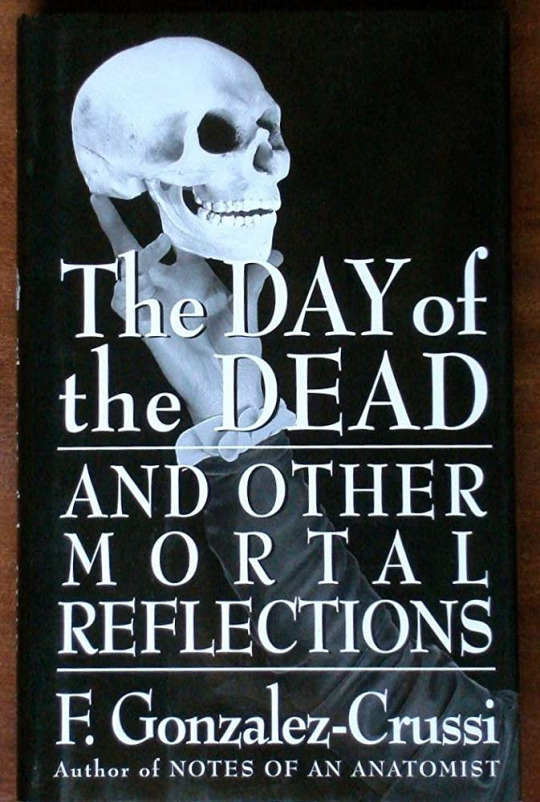
The Day of the Dead and other reflections
(Of its actual title, The Day of the Dead and other mortal reflections)
Neil Gaiman considers the author one of his favorite essayist alongside David Quammen - and it is from this book that Neil Gaiman “got” Coatlicue.
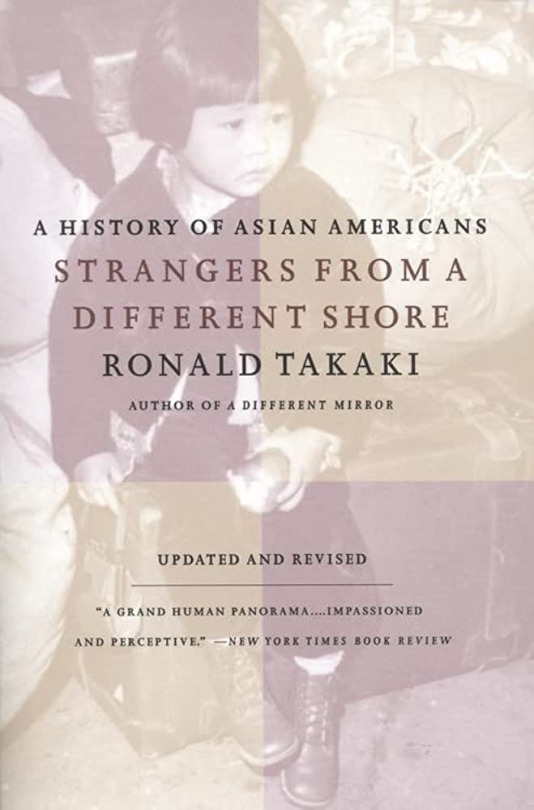
Stranger from a Distant Shore: A History of Asian Americans
Neil Gaiman used this book to research a lot of stuff that “never worked its way into American Gods”, but that will maybe appear in another book. At least, this is what he writes in the bibliography, but since we are all American Gods fan of modern days, we now know what he referred to in the bibliography: the “Somewhere in America” deleted section about a kitsune ending up in a Japanese internment camp of WWII America.
9) African heritage
As Neil Gaiman says, these are the books he used concerning Mr. Nancy, and “the tale of the twins” (Wututu and Agasu).
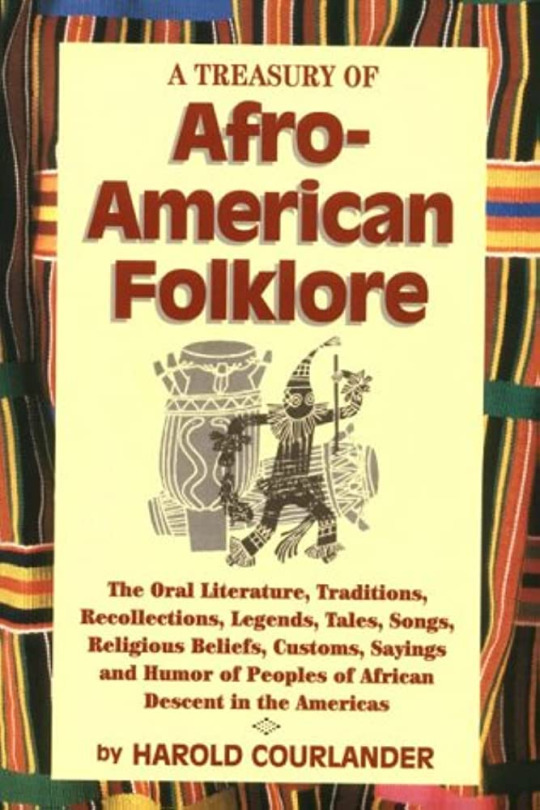

A Treasury of Afro-American Folklore + A Treasury of African Folklore, by Harold Courlander
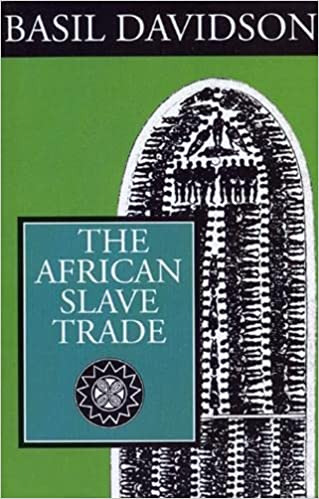
The African Slave Trade, by Basil Davidson

The Slave Trade: The Story of African Slave Trade, 1440-1870
(Of its actual name, “The Slave Trade: The Story of the Atlantic Slave Trade)
Neil Gaiman precises that he took a lot from this book, written by Hugh Thomas, alongside Bullwhip Days (see below) - but he also admitted that he had to downplay what actually happened historically when writing “American Gods” because he didn’t want to turn his scenes into an “atricity exhibition”.
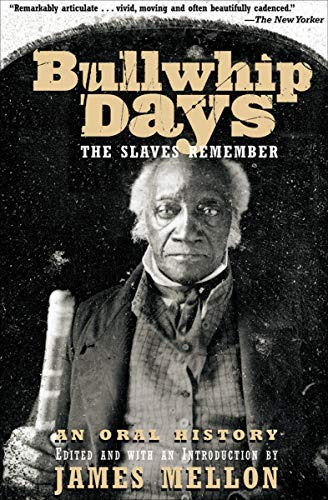
Bullwhip Days: The Slaves Remember - An Oral History
In Neil Gaiman’s words, “Urgent, human narratives and utterly heartbreaking”, as this book is a collection of the testimonies of the last surviving Americans who had been slave, collected in the mid-1930s.
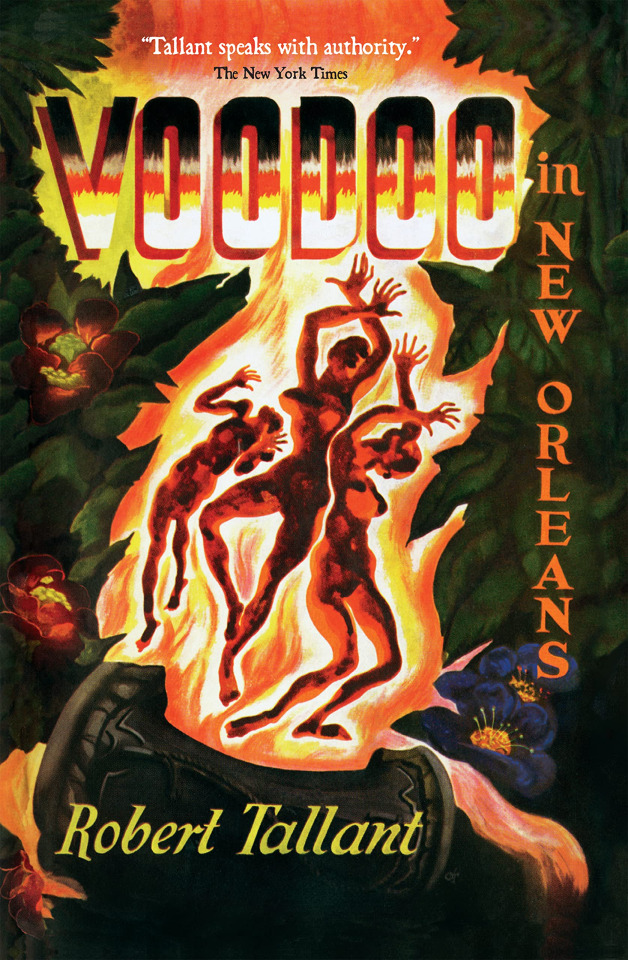
Voodoo in New Orleans
Neil Gaiman explains that this book does not manage to convey the actual feel of the New Orlenas Voodoo, but it is an excellent book when it comes to the history of the “various Maries Laveau or Marie Laveaux”. However, if someone wants a better book by Robert Tallant, they should check Gumbo Yaya (see below)
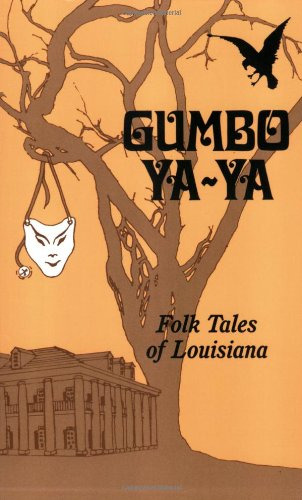
Gumbo Yaya
Neil Gaiman was offered this book as a gift by Nancy Collins, and he realized he did need it a lot. It is an excellent book covering the folk beliefs, magic and folklore of New Orleans and Louisiana.
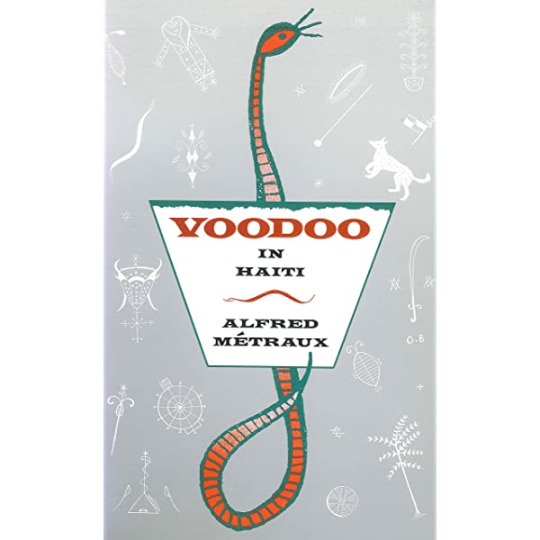
Voodoo in Haiti
A “fairly useful and interesting book”, according to Neil Gaiman. He does say that there is a lot of better books about the topic of Haitian voodoo, but he included it in the list because it was the book he used to check stuff when writing American Gods.
#neil gaiman speaks#american gods bibliography#american gods#voodoo#african mythologies#afro american history#history of slavery#native american mythology#american history#asian american history#bibliography#references#books#neil gaiman
34 notes
·
View notes
Text
American Gods’ incomplete bibliography (2)
Honestly, if I had known this bibliography existed back when I was working on the Wiki, it would have changed so much. I could have looked into the actual resources Neil Gaiman used, and probably understood more the characters as he wrote them. Heck, I am certain the answer to some of the novel’s biggest mysteries are in there! The god everybody forgets for example - he is probably somewhere in this bibliography!
Anyway, let’s continue...
4) Books about Norse mythology

Dictionary of Northern Myth
Neil Gaiman considers it the best reference book he ever ran into when it comes to North mythology. He considers it the “absolutely definitive reference”, “concise, accurate, informative”.
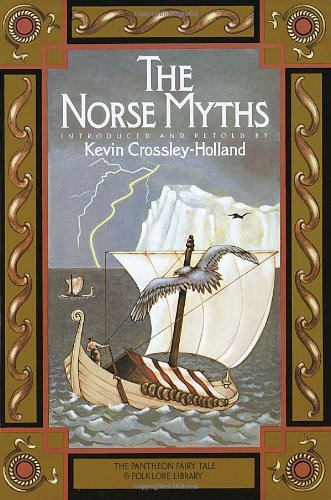
The Norse Myths (Introduced and retold by Kevin Crossley-Holland)
Neil Gaiman considers this book really good, with a clear writing that even made him shiver sometimes. He used this book a lot - and in fact all of the Norse myth related things in “Sandman” come from this book.
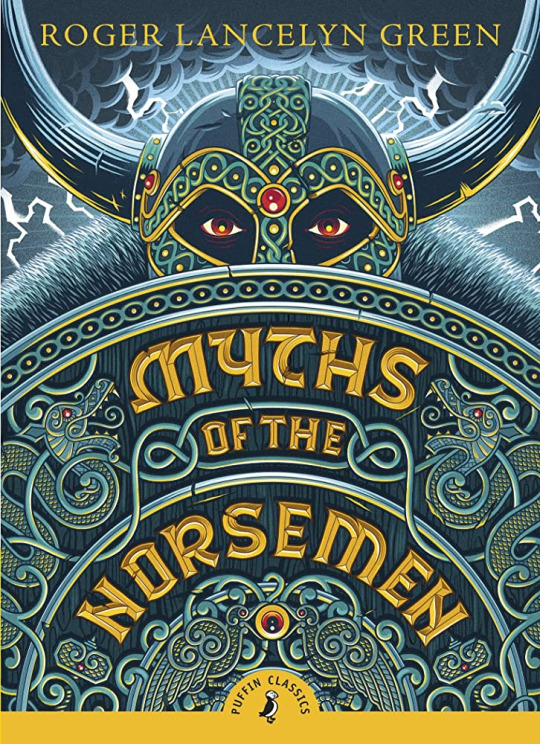
Tales of the Norsemen
(Note: Neil Gaiman refers to his 1960 copy as “Tales of the Norsemen”, but all the Puffin Books editions of Lancelyn Green’s books I could find were “Myths of the Norsemen”, so...)
This book was Neil Gaiman’s childhood book when it came to Norse mythology. He does point out that Crossley Holland’s book is much better, but he still has a strong nostalgia for what was his first discovery of Norse mythology.

The Sagas of the Icelanders
Neil Gaiman only read the Vinland Sagas, even though he plans to “read the rest, sooner or later”.
Unknown edition of the Eddas
Neil Gaiman remembers that, while he was writing the book, he used a “literal translation of the Eddas”, but he cannot remember which one it was.
5) Fairy books
When it comes to fairies, Neil Gaiman only has one book to recommend:

A Dictionary of Fairies
Neil Gaiman recommends this book to anyone who wants to know more about the events talked about in the Essie Tregowan part of the novel. He also points it out as a good companion to his other novel, “Stardust”. “Wonderful tales and characters abound”, in his opinion, although he finds it a bit frustrating that it does not contain all the entries it refers one to.
6) Cryptids book (+ informative books)

Cryptozoology A to Z
Neil Gaiman thought this book to be “great fun” - even though he points out that for his novel he used the more mythical incarnation of the thunderbirds, rather than the ones depicted in this book.
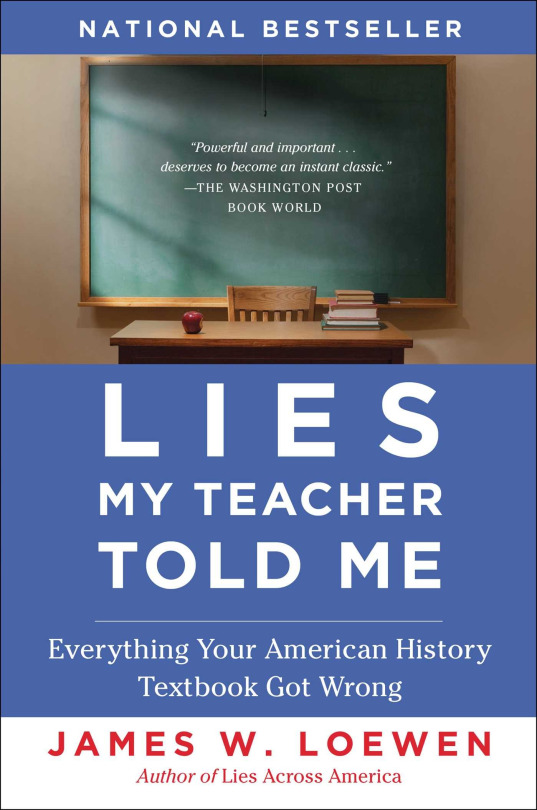
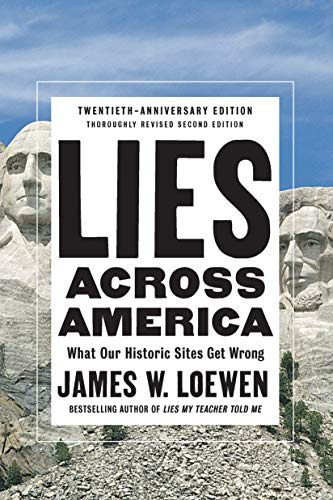
Lies my Teacher Told Me + Lies Across America, by James W. Loewen
Neil Gaiman thinks of these books as “refreshing” - he especially points out “Lies Across America” as a fun book which reveals numerous omissions and misstatements related to “highway historical markers and tours of historic places”. The anecdote about the Mount Rushmore noses in American Gods comes from this book.
#neil gaiman speaks#american gods bibliography#american gods#norse mythology#bibliography#references#fairies#cryptozoology#american history#neil gaiman#books#sandman#stardust#norse gods
23 notes
·
View notes
Text
American Gods’ incomplete bibliography (1)
On his website, Neil Gaiman left, in his own words, an “incomplete bibliography” tied to America Gods, listing various books he used during his research and writing process. He does point out that the bibliography is incomplete, put together from memory, and that the books in it range being extremely important to the creation of American Gods to just a way for him to check one or two things while writing, so with each book he lists he adds some commentaries to precise their use.
1) The Richard M. Dorson books
Neil Gaiman explains that the work of Dorson was one of the reasons “American Gods” was even created. The opening quote comes from Dorson’s texts, and Neil Gaiman got the idea (and desire) to put John Chapman/Johnny Appleseed in his novel upon reading Dorson’s account of the figure. Neil Gaiman describe these books as “vigorous, sensible and informative”, and he explains that they greatly helped him understand folklore and learn a lot about it. Neil Gaiman lists four Dorson books:
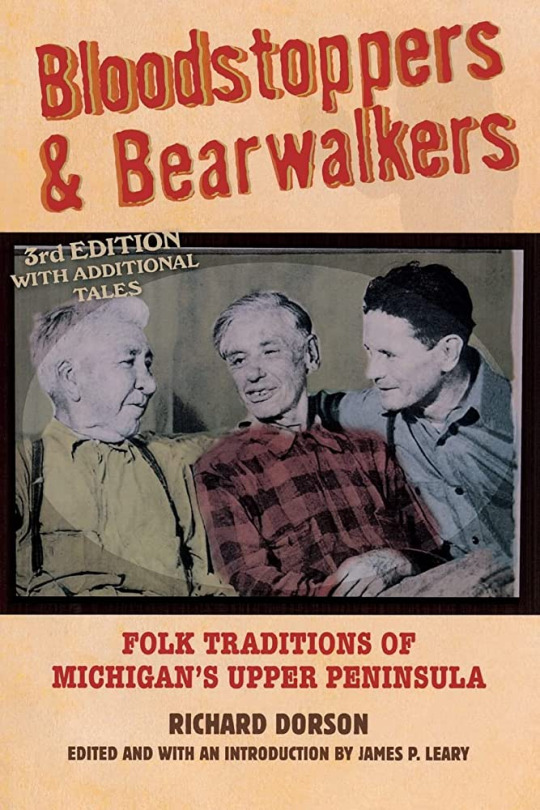
Bloodstoppers and Bearwalkers: Folk Traditions of the Upper Peninsula

American Folklore
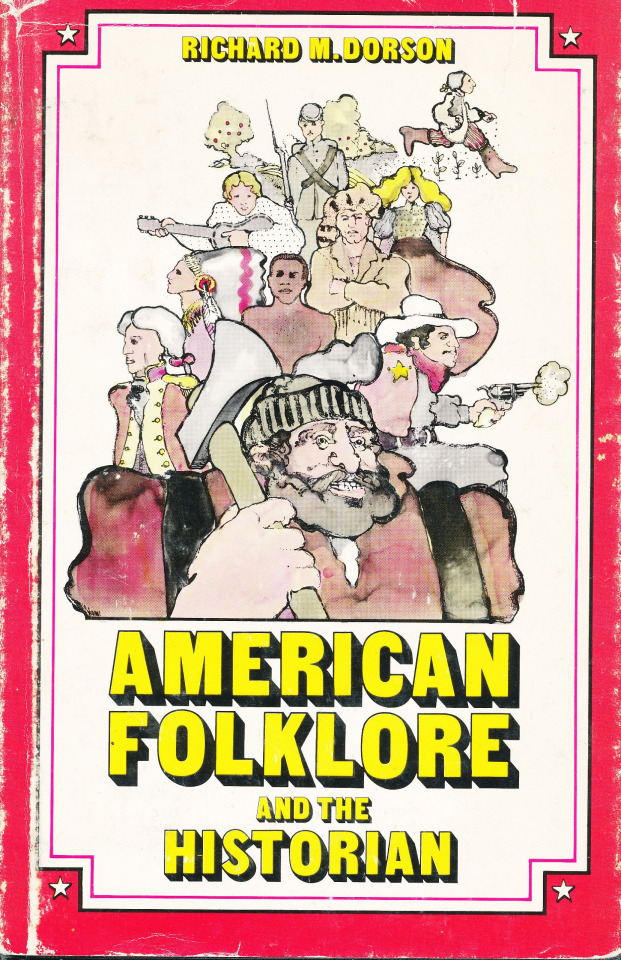
American Folklore and the Historian

Buying the Wind: Regional Folklore in the United States
2) America by the road
Here is a handful of books talking about... let’s say “America by the road”.
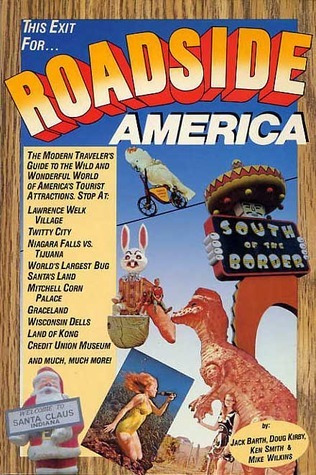
Roadside America (1986, Jack Barth, Dough Kirby, Ken Smith and Mike Wilkins)
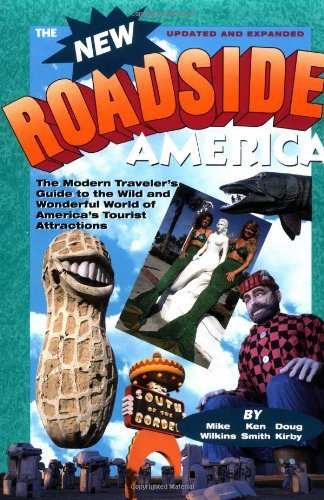
The New Roadside America (1992, Mike Wilkins, Ken Smith, Doug Kirby)
About these books, Neil Gaiman precises that there is more content in the revised edition, but that the essays of the first edition are longer and it feels less crammed. The second edition has 80 more pages to its account, while the first edition rather presents color photos. He also insists that the books are less fun than the website corresponding to them, (www.roadsideamerica.com) which holds a lot more surprises and wonders. (I haven’t checked if the website is still up)
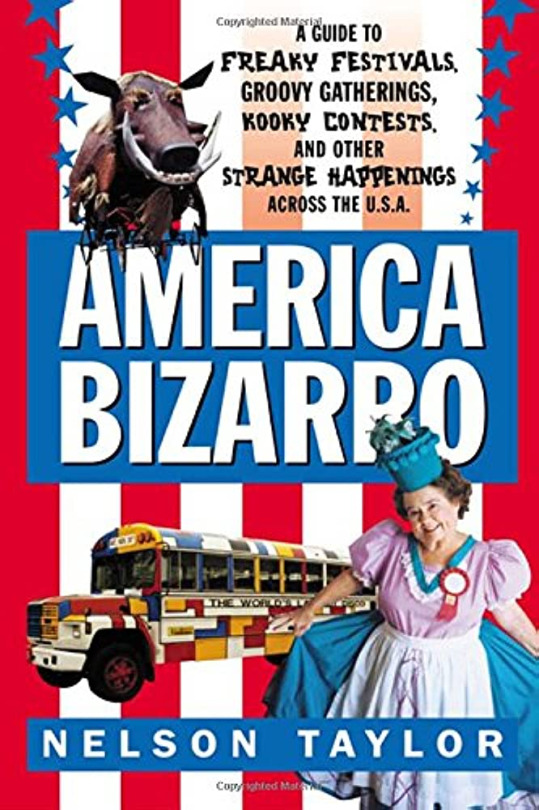
America Bizarro ; in Neil Gaiman’s own words “strange festivals, state by state”
3) General mythology books
In Neil Gaiman’s own words, “some handy books that may be of use to the casual reader”

Who’s Who in Non-Classical Mythology
Neil Gaiman thought of this book as “genuinely useful”, and it is where he discovered the Slavonic myths (and where his fascination for it started out)
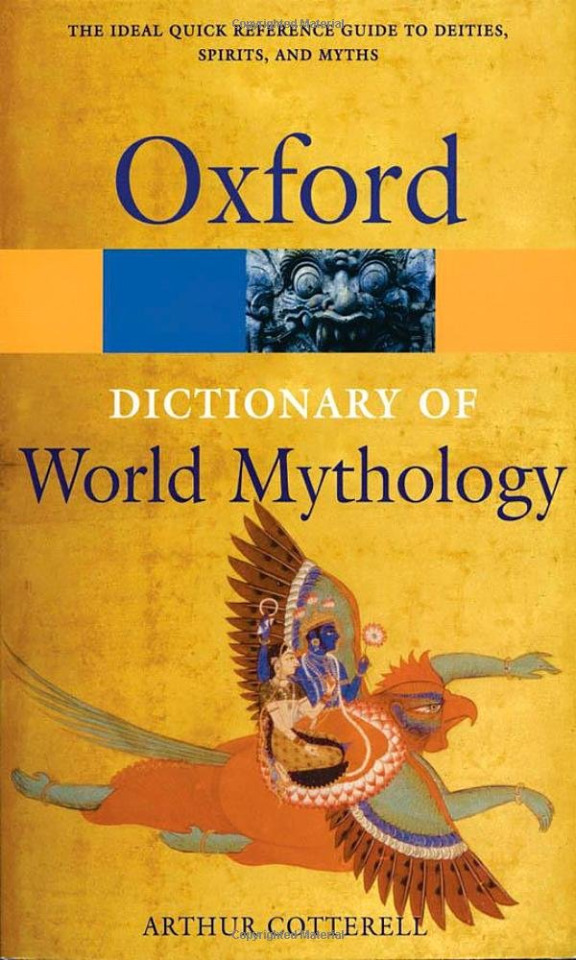
A Dictionary of World Mythology
According to Neil Gaiman, “not unuseful even though it has nothing on the Slavonic myths”.
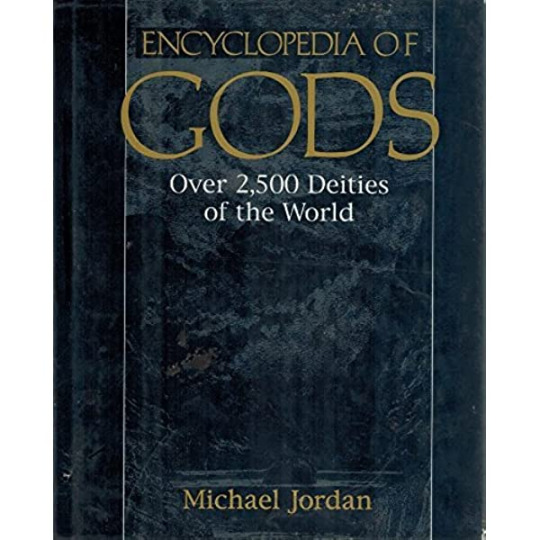
Encyclopedia of Gods
Neil Gaiman barely used it, says it basically recycles a lot of things you can find elsewhere, and it has some glaring mistakes, such as describing Sleipnir as “winged”. But, he still included it in the bibliography because it has entries on some deities that other books tend to skip over, such as Coatlicue.
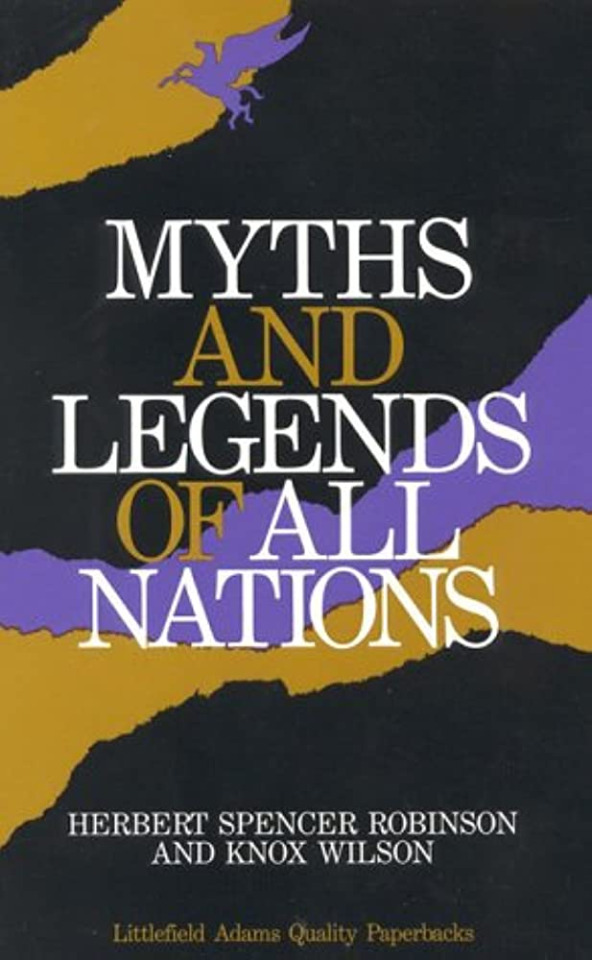
Myths and Legends of All Nations
According to Neil Gaiman, “a fine potted history of about 22 cultures and their gods”. He especially points out that pages 190 and 191 contain info about kobolds that might be extremely interesting to whoever finished reading the novel. Overall, Neil Gaiman judges it “readable and interesting”, even though he points out he only used the book to “check stuff”, not as a main source.
#american gods bibliography#american gods#bibliography#neil gaiman speaks#books#novel#resources#general mythology#roadside america#american folklore#neil gaiman
21 notes
·
View notes